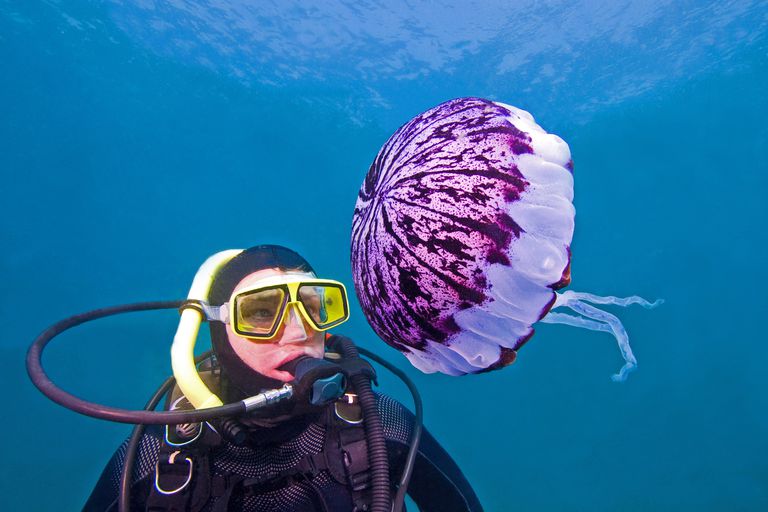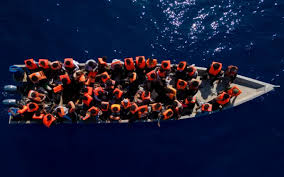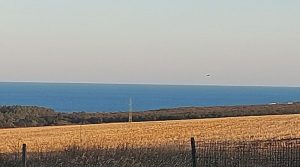Is this a new type of jellyfish in the Indian Ocean?

In the deepest chasms of the Indian Ocean, a mysterious new creature’s been spotted, potentially for the first time.Diver Victor Vescovo was on a pioneering trip to the bottom of the Java Trench — believed to be the deepest point in the Indian Ocean — as part of the Five Deeps Expedition, that’s being filmed for Discovery Channel.In the trench’s murky depths, Vescovo and his team spotted what they think is a previously unseen species of jellyfish.
They captured footage of the creature, which the team describes as an “extraordinary gelatinous animal” which “does not resemble anything seen before.”Alan Jamieson, the expedition’s chief scientist, spoke to CNN Travel about the incredible find.”I normally have a pretty fair idea of what we’re going to see — but every now and again you get thrown this curveball,” says Jamieson.
“It really looks artificial — it rolls out the darkness and suddenly it turns and you’re like, ‘Jesus, that’s some kind of weird jellyfish.'”The team gathered around the lens and kept repeating the footage, trying to work out what they’d found.Back in his hotel room in Bali, Jamieson scrolled through the Internet looking for clues.
He came across a team of Japanese scientists who’d spotted something similar and spoke to them about the find.”We came to a conclusion it’s called a tunicate, which is a sea squirt. This particular one is called, we think, an ascidian,” he explains.
“It doesn’t really have a common name, because we’re not quite sure what it is. But it looks like it’s a tunicate which would normally be anchored to the seafloor — using that big long tentacle, it would naturally be physically anchored. And it’s for some reason raising its body above the sea floor so it can filter food out the water.”Jamieson concluded that the creature has adapted to the particular conditions inside the Java Trench.
“Trenches are quite seismic — and normally tunicates would be attached to the sea floor. And, now, if it’s quite a seismic environment, you run the risk of being buried — so an adaptation to destructive environments is to raise yourself off the sea floor and in this case using this big long tentacle.”
It’s one of many memorable moments for Scotsman Jamieson, who, by embarking on the Five Deeps Expedition, is believed to have become the deepest-diving British citizen in history.
The Five Deeps Expedition aims to conduct a detailed, sonar mapping mission at the deepest spot in the Indian Ocean.It’s all part of the Nippon Foundation-GEBCO Seabed 2030 Project to map the world’s seafloor in detail by the end of the year 2030.
“For me, it’s a personal thing and these sort of badges of being the first British [diver] to do it or the deepest […] It’s nice, but it’s not ultimately why I do it,” says Jamieson. “I just do it because I thought it was a whole different experience.”So far this year, the team’s covered 5,000 miles across Antarctica and spent two weeks in the Indian Ocean. And the adventure’s not over yet.
Jamieson’s also had to adapt to the omnipresent film cameras, but he says it’s a great project to be part of and he’s excited to share the findings.”So far, we’ve made up something like 150,000 square kilometers of deep sea floor now — and we’re only halfway through it. Those maps, once we’ve processed them and cleaned them up, they will get put on online repositories, so they will be made available to anyone who wants to use them.”
Without a doubt the jellyfish will be one of the highlights of the expedition.
“It seems to be is an absolute one in a million shot, where one of them has broken off from the others and is drifting in the current,” says Jamieson.”It just so happened to drift right up to our camera, make a 90 degree turn, give us a beautiful shot of it and of it went — so it’s just such an unbelievably lucky shot.”





